The arguments for and against a no-fly zone
Experts fear enforcing restrictions on airspace could escalate conflict with Russia
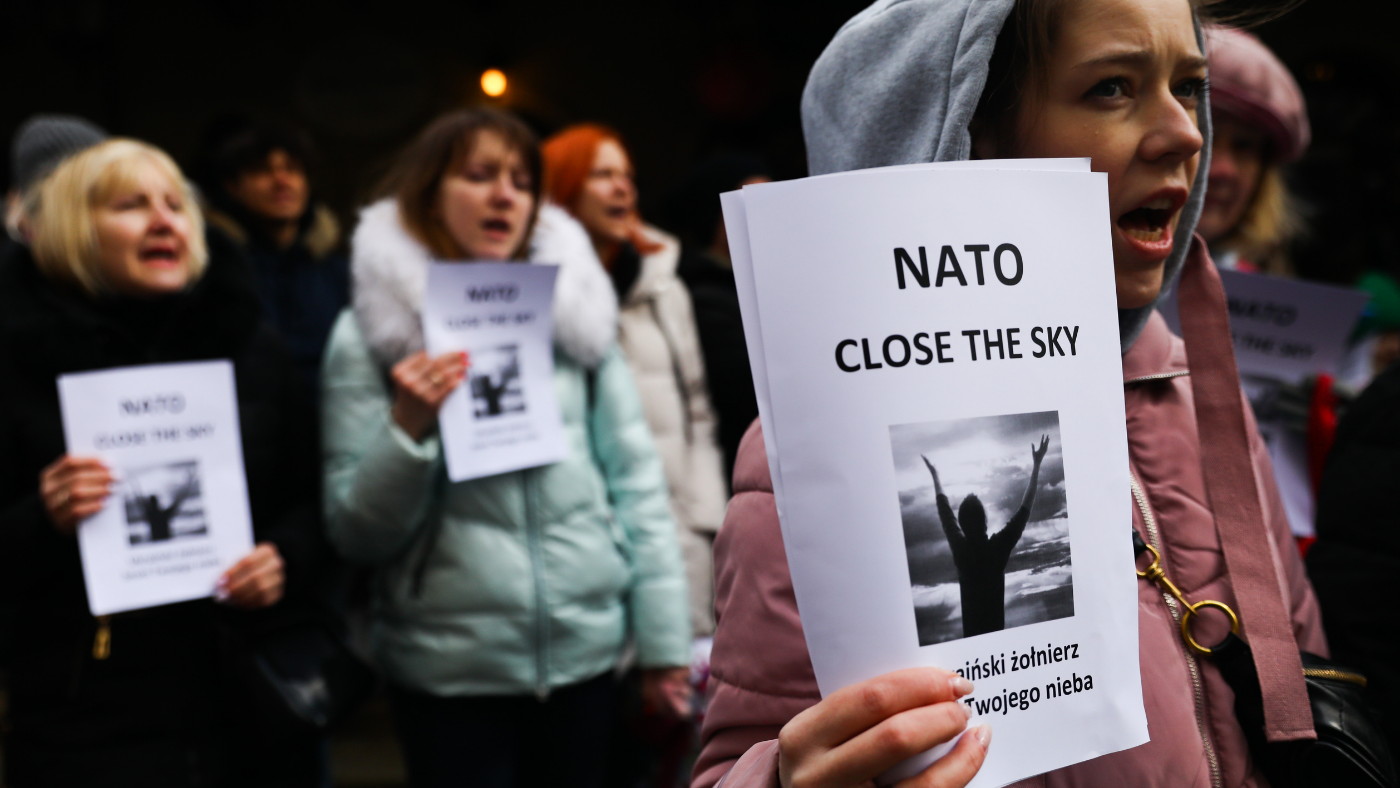
President Volodymyr Zelenskyy has urged Nato to impose a no-fly zone over Ukraine, saying he needs “to protect our sky” from the Russian assault on his country.
But Boris Johnson, Joe Biden and other world leaders have said repeatedly that they will not do so, instead offering resources to bulk up the country’s defences and offer refuge to Ukrainians fleeing the country.
If this position were to change, then certain aircraft would be banned from a designated airspace over Ukraine. The measure “has to be enforced by military means”, said the BBC, meaning any aircraft that enters the restricted zone could be brought down.
The Week
Escape your echo chamber. Get the facts behind the news, plus analysis from multiple perspectives.

Sign up for The Week's Free Newsletters
From our morning news briefing to a weekly Good News Newsletter, get the best of The Week delivered directly to your inbox.
From our morning news briefing to a weekly Good News Newsletter, get the best of The Week delivered directly to your inbox.
1. Pro: Stops aerial warfare
Officials had forecast at the start of the invasion that “Russia would enjoy the kind of air supremacy that allowed it to conduct large-scale airstrikes in the Syrian war”, said the Financial Times. But Vladimir Putin’s forces have so far “failed to establish air superiority” and are “suffering huge aircraft losses as a result”, according to the Atlantic Council’s assessment of Russia’s military operation.
A no-fly zone would impose a direct threat to Putin’s remaining stock of aircraft and troops should he continue to order aerial offences over Ukraine. Moscow’s losses so far stand at 14,000 troops and 194 helicopters and planes, according to disputed figures released by the Ukrainian Ministry of Defence.
Russia’s air force is currently conducting “approximately two hundred sorties per day”, though many of these are outside Ukrainian airspace, the Atlantic Council said. Ukraine’s air force is much weaker than Putin’s and is currently “flying just five-to-ten sorties per day”.
2. Con: High cost
No-fly zones require “one or more parties to be willing to enforce them – that is, being ready and able to shoot down any aircraft violating the space”, said The Guardian. The measure can therefore be “costly” as it relies on “constant air patrolling and monitoring”.
A free daily email with the biggest news stories of the day – and the best features from TheWeek.com
The US has established no-fly zones in the past “but unlike previous instances in Iraq, Bosnia and Herzegovina, and Libya, which involved containing small and out-dated air forces, Russia has one of the largest air forces in the world – far larger than any in Europe”, said Time.
Establishing a zone over Ukraine would mean “top of the line American fighter jets… would need to be sent into the warzone all day and night, along with refuelling planes”. This means that costs could quickly mount up.
3. Pro: Protecting civilians
President Zelenskyy has been praised for his passionate speeches and commitment to remain in Ukraine with his citizens during the conflict. As of 15 March, the UN High Commissioner for Human Rights put the total death toll of Ukrainian civilians at 726.
Zelenskyy believes a no-fly zone would reduce the harm to civilians as the conflict continues. Addressing his country this week, he asked: “What else do the occupiers have to do, how many more people do they have to kill in order for Western leaders, Nato leaders to respond positively to Ukraine’s request for a no-fly zone or for providing our country with the aircraft we so desperately need?”
He also promised that the country “will not forget anyone whose lives were taken by the occupiers”.
4. Con: Risk of escalation
Putin has warned that “any move” towards imposing a no-fly zone over Ukraine would be taken as a sign that the responsible party is a participant in the conflict. Imposing a no-fly zone would therefore “mark a significant escalation in the war” that could bring Nato “directly into a conventional conflict with a nuclear power”, said Axios.
And indications that he may be prepared to resort to Russia's nuclear arsenal are further cause for hesitation. “Even the faintest hint of a world war which could become a nuclear war means, in spite of terrible scenes of civilians under attack, the likelihood of any no-fly zone in Ukraine is slim to none,” said the BBC.
“Nato countries have decided that the risk of fighting against a nuclear-armed adversary is too great,” said Time.
5. Pro: United front
In 1992, the UN banned unauthorised military flights from Bosnian airspace during the Balkans war, a no-fly zone that was patrolled by Nato forces.
In April 1994, the Nato alliance “crossed a major political boundary” when two American fighter planes attacked Serbian air forces near the “besieged town of Gorazde”, said The New York Times. It was the first time Nato “demonstrated its determination to protect United Nations personnel under fire”.
If the alliance were to enforce similar measures over Ukrainian airspace and use its defences to bolster Ukraine’s, it could demonstrate a defensive solidarity with the country.
6. Con: Won’t stop war
No fly-zones are costly and risk more countries becoming directly involved in conflict with Russia. Additionally, they have “never stopped a war”, said national security specialists Christopher Michael Faulkner and Andrew Stigler on The Conversation.
While Nato’s enforcement of a zone in Bosnia “may have reduced the Serbs’ opportunities to attack Bosnian Muslims and others”, the pair continued: “It is extremely hard to determine the number of civilian lives saved by past airspace bans.
“What is certain, however, is that Russia… is a vastly different target than that of any prior airspace ban in the past 30 years.”
Julia O'Driscoll is the engagement editor. She covers UK and world news, as well as writing lifestyle and travel features. She regularly appears on “The Week Unwrapped” podcast, and hosted The Week's short-form documentary podcast, “The Overview”. Julia was previously the content and social media editor at sustainability consultancy Eco-Age, where she interviewed prominent voices in sustainable fashion and climate movements. She has a master's in liberal arts from Bristol University, and spent a year studying at Charles University in Prague.
-
 Political cartoons for December 6
Political cartoons for December 6Cartoons Saturday’s political cartoons include a pardon for Hernandez, word of the year, and more
-
 Pakistan: Trump’s ‘favourite field marshal’ takes charge
Pakistan: Trump’s ‘favourite field marshal’ takes chargeIn the Spotlight Asim Munir’s control over all three branches of Pakistan’s military gives him ‘sweeping powers’ – and almost unlimited freedom to use them
-
 Codeword: December 6, 2025
Codeword: December 6, 2025The daily codeword puzzle from The Week
-
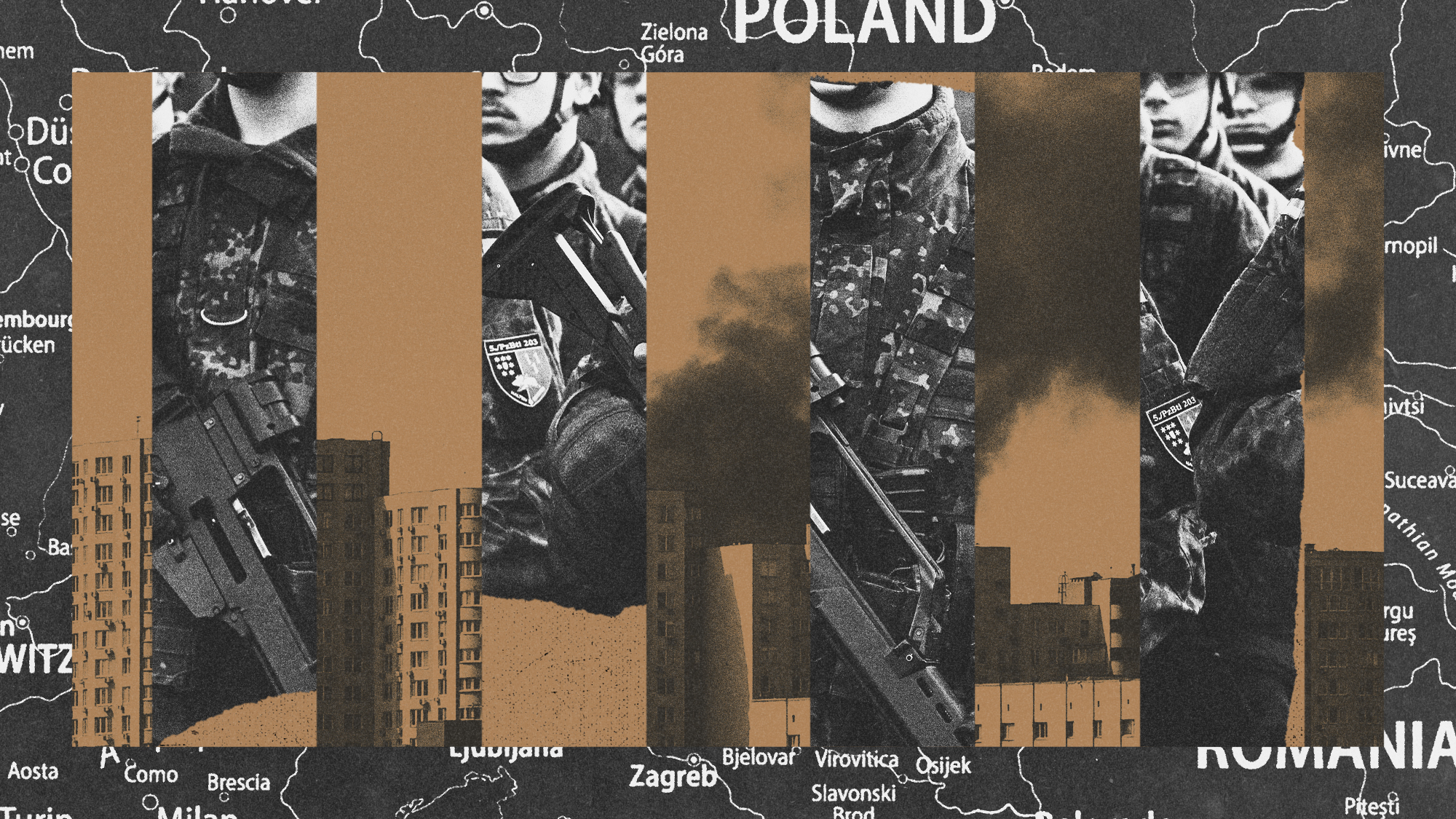 Is conscription the answer to Europe’s security woes?
Is conscription the answer to Europe’s security woes?Today's Big Question How best to boost troop numbers to deal with Russian threat is ‘prompting fierce and soul-searching debates’
-
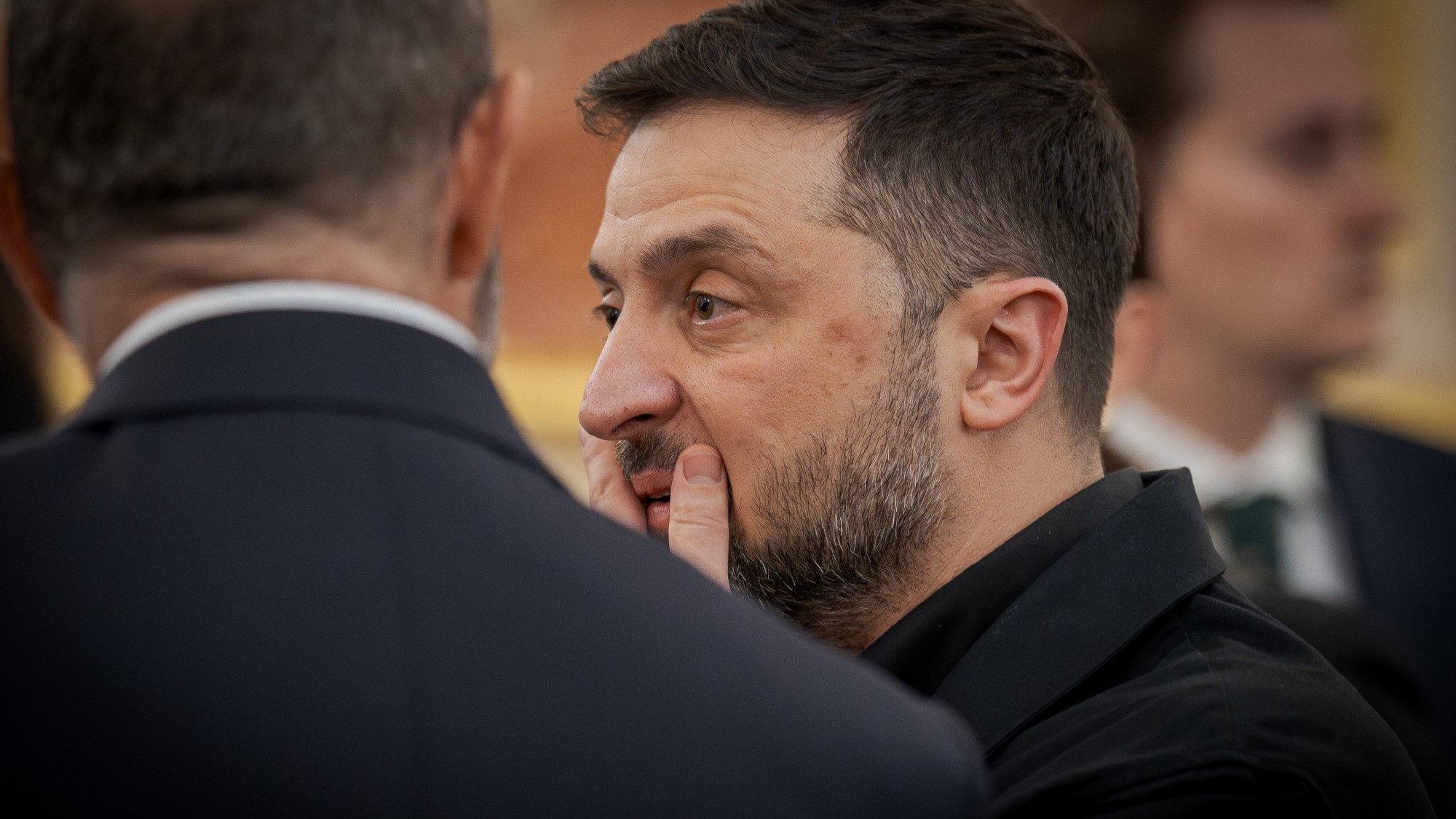 Trump peace deal: an offer Zelenskyy can’t refuse?
Trump peace deal: an offer Zelenskyy can’t refuse?Today’s Big Question ‘Unpalatable’ US plan may strengthen embattled Ukrainian president at home
-
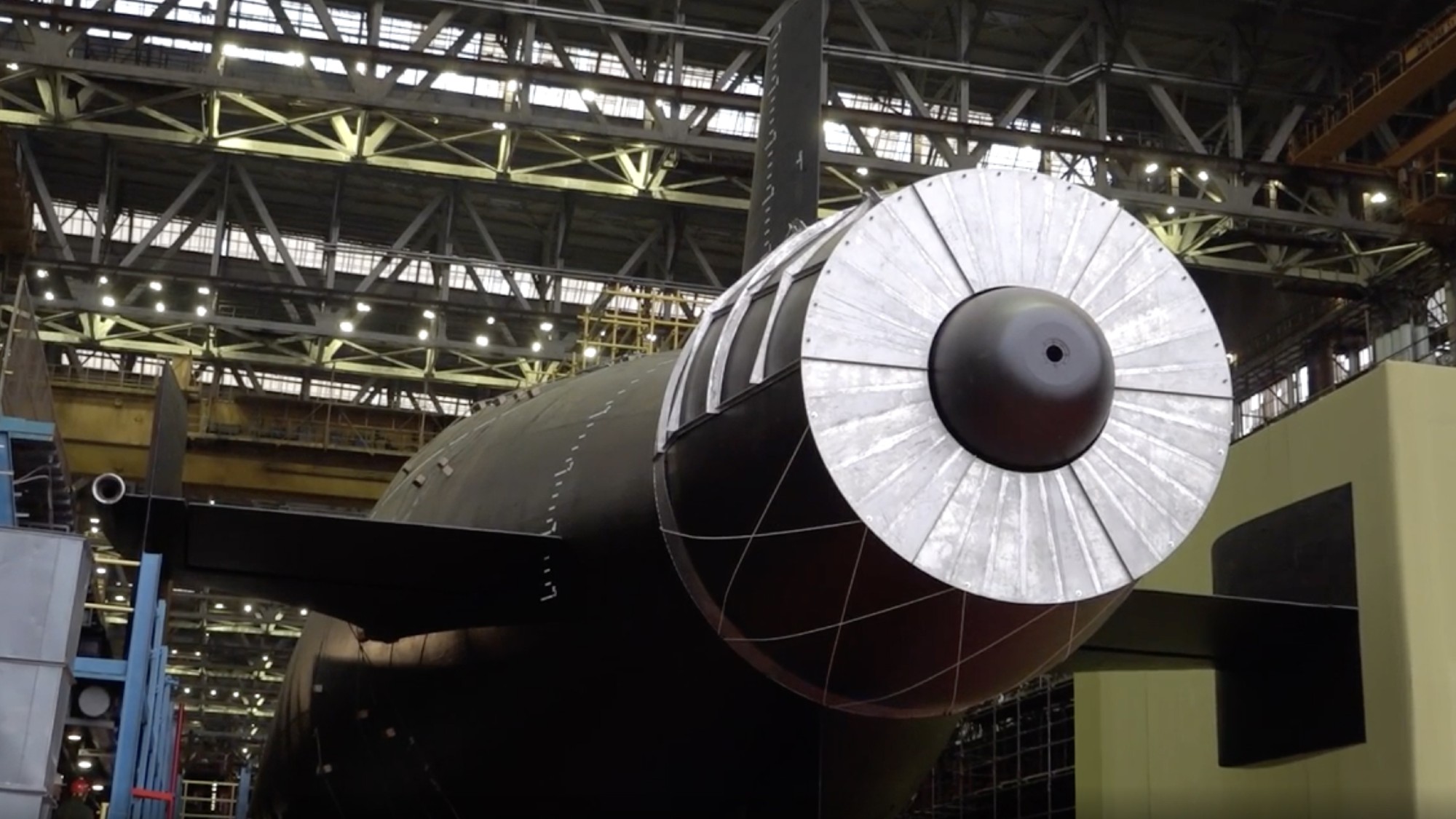 Vladimir Putin’s ‘nuclear tsunami’ missile
Vladimir Putin’s ‘nuclear tsunami’ missileThe Explainer Russian president has boasted that there is no way to intercept the new weapon
-
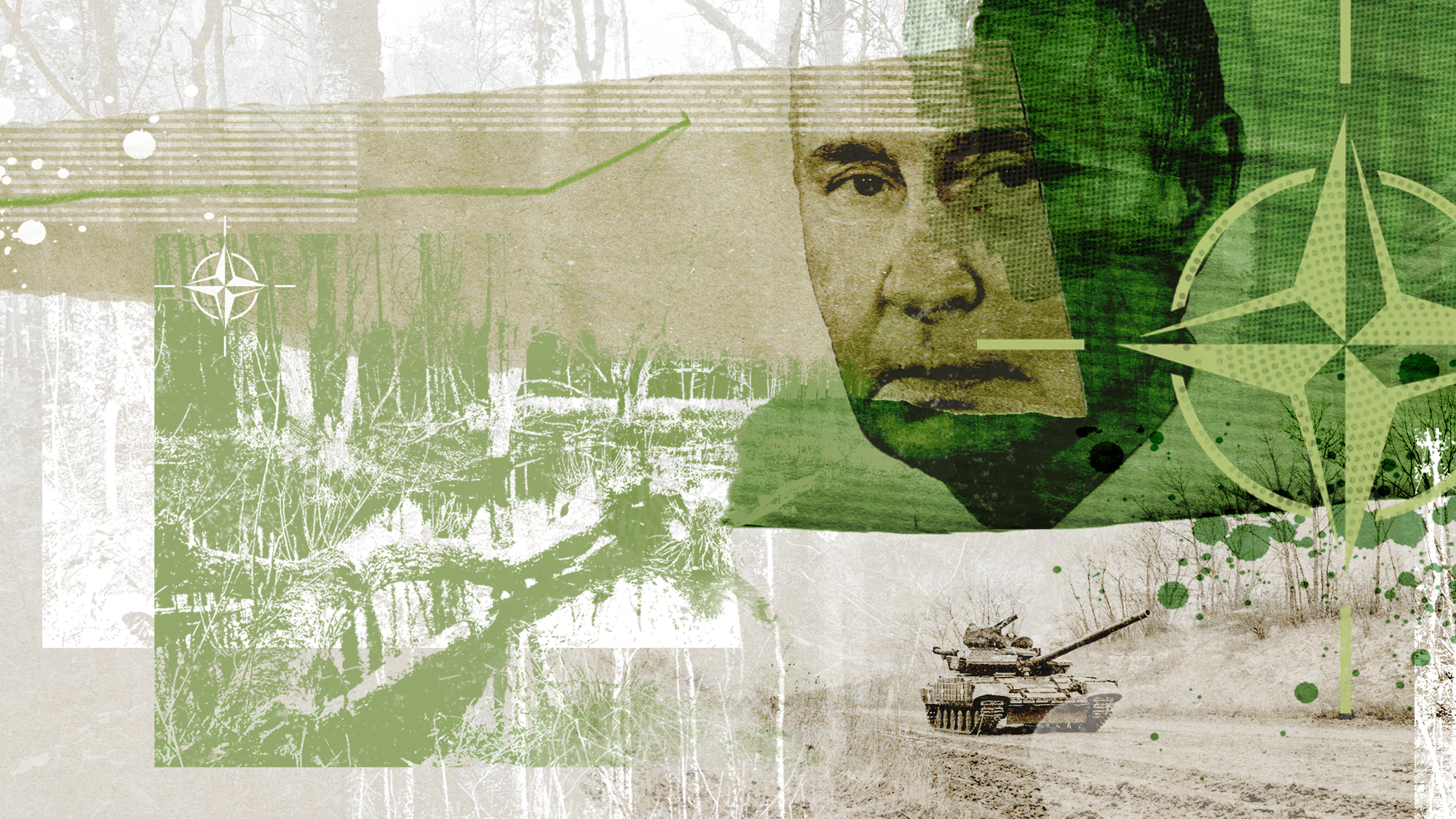 The Baltic ‘bog belt’ plan to protect Europe from Russia
The Baltic ‘bog belt’ plan to protect Europe from RussiaUnder the Radar Reviving lost wetland on Nato’s eastern flank would fuse ‘two European priorities that increasingly compete for attention and funding: defence and climate’
-
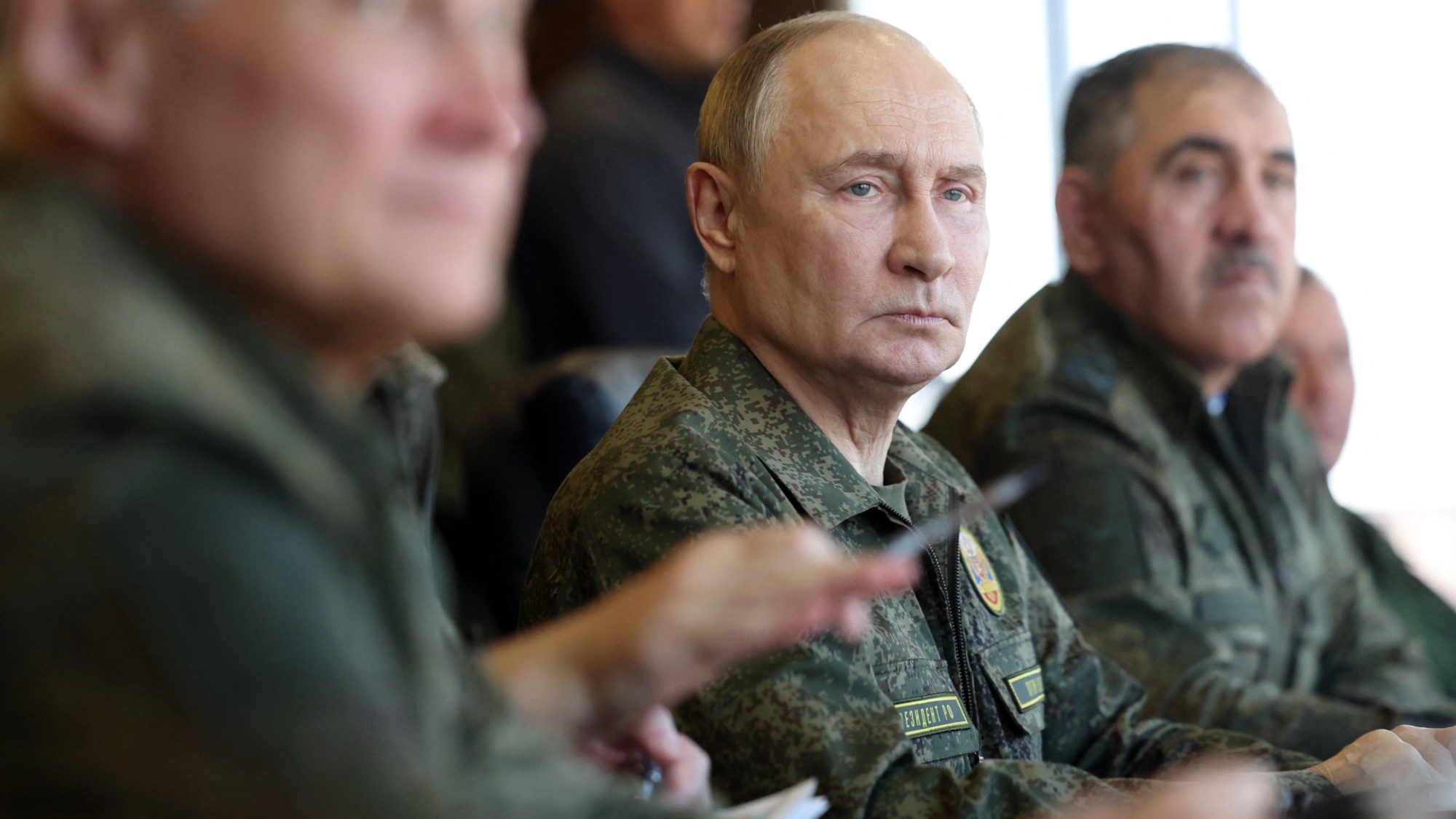 How should Nato respond to Putin’s incursions?
How should Nato respond to Putin’s incursions?Today’s big question Russia has breached Nato airspace regularly this month, and nations are primed to respond
-
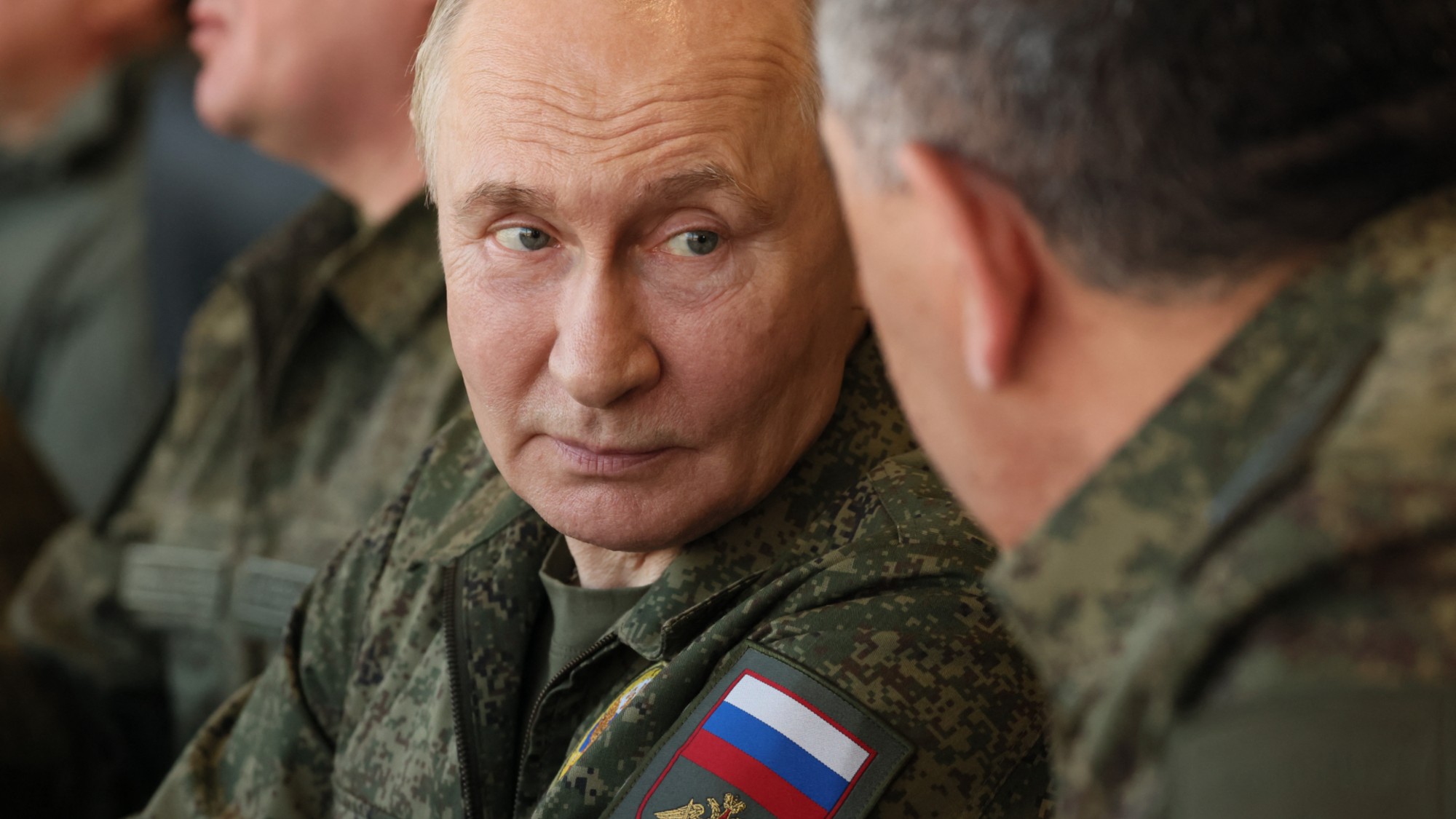 Russia’s war games and the threat to Nato
Russia’s war games and the threat to NatoIn depth Incursion into Poland and Zapad 2025 exercises seen as a test for Europe
-
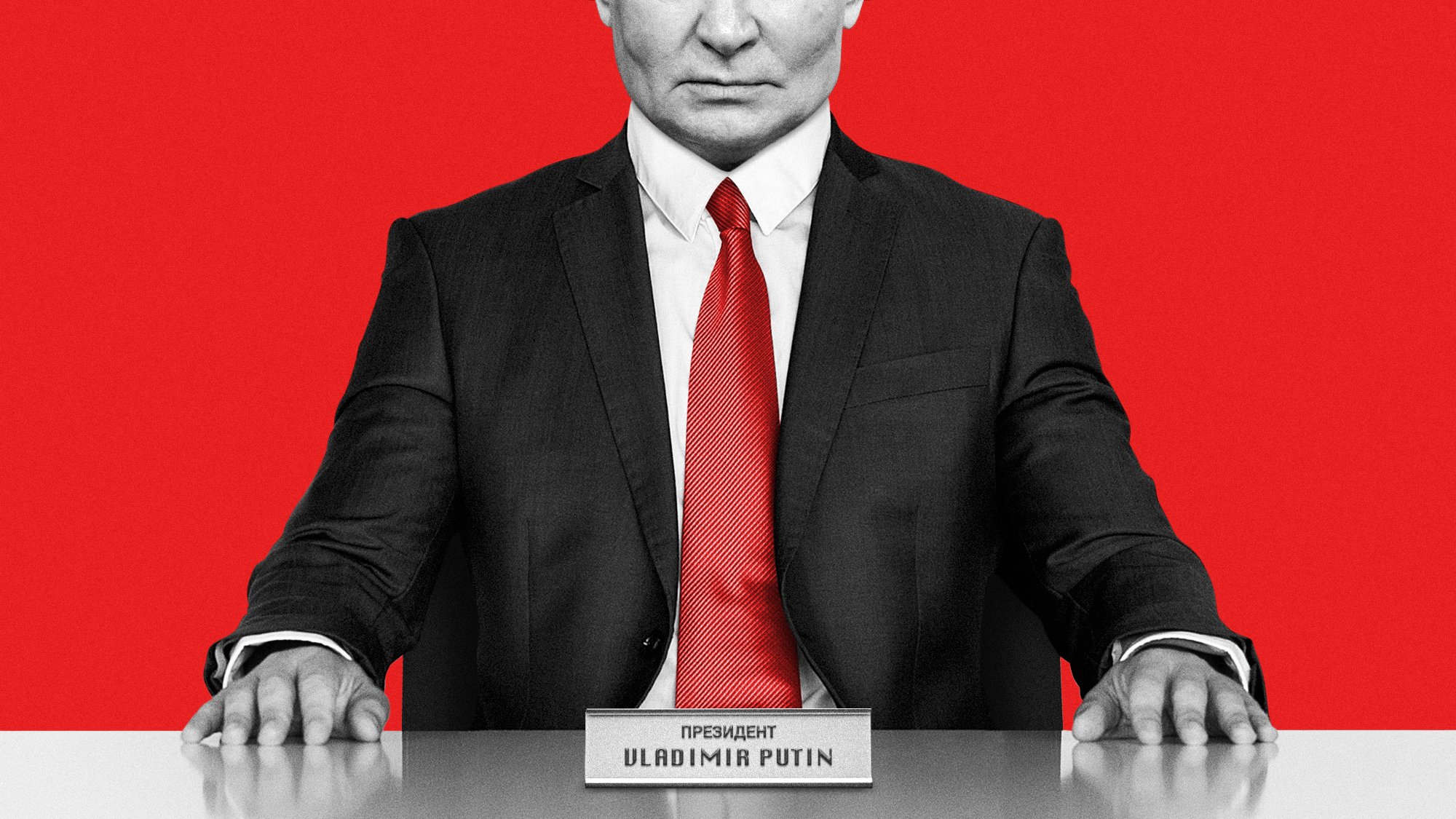 What will bring Vladimir Putin to the negotiating table?
What will bring Vladimir Putin to the negotiating table?Today’s Big Question With diplomatic efforts stalling, the US and EU turn again to sanctions as Russian drone strikes on Poland risk dramatically escalating conflict
-
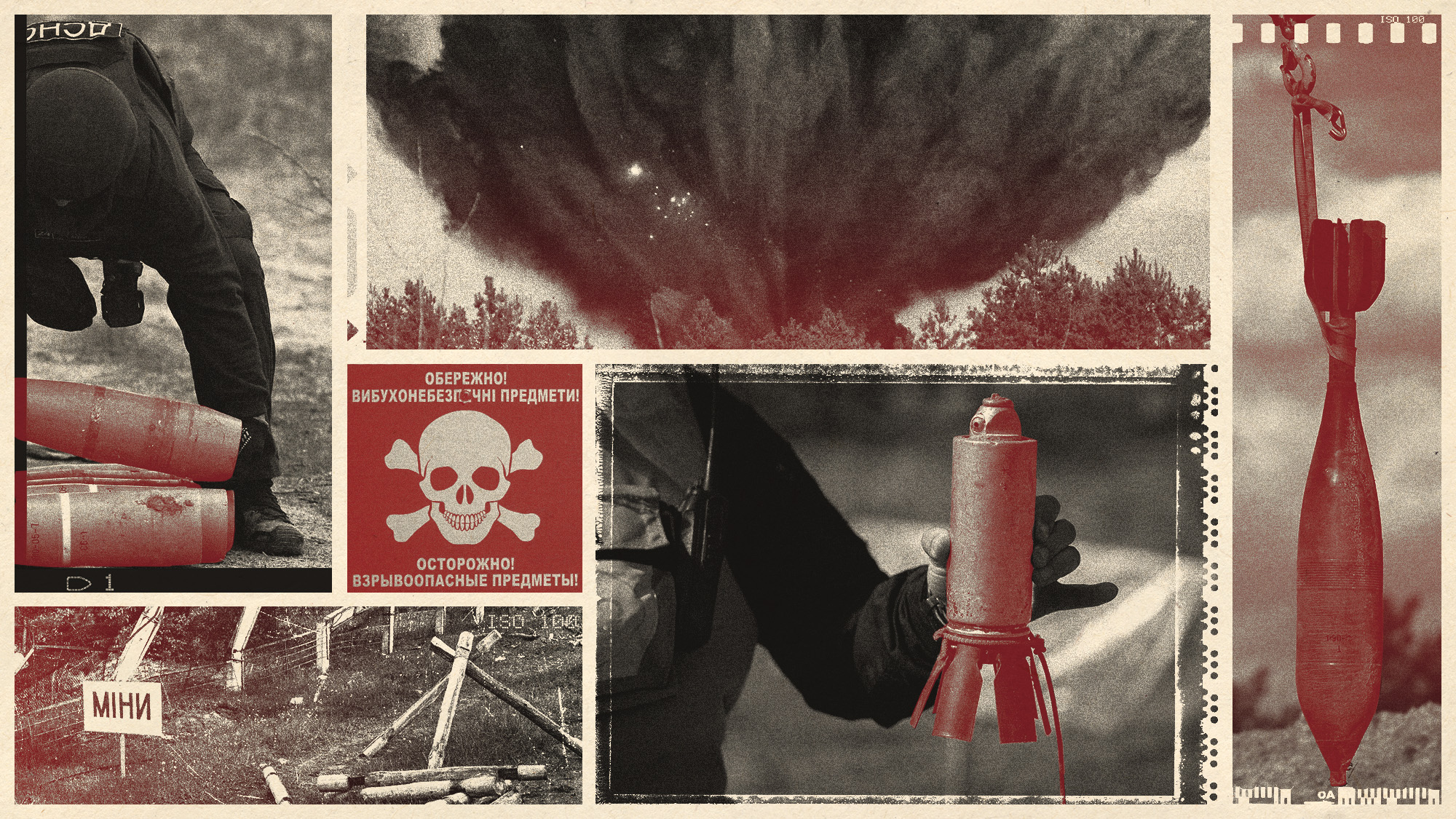 The mission to demine Ukraine
The mission to demine UkraineThe Explainer An estimated quarter of the nation – an area the size of England – is contaminated with landmines and unexploded shells from the war